Today’s instalment in our readers’ favourite series of interviews with New Zealand winemakers; takes us in the direction of Waiheke Island, where one of our Masters of Wine, Sam Harrop, is based. Intense and passionate on many subjects, we try to keep the subject to wine – for this chat at least..
WineFolio: I read your blog – it’s excellent!
Sam Harrop: Yes, I do a bit of writing. I find you have to be so disciplined. I’ve got three full time jobs, two young kids; but writing is one of my passions. I have to sit down on a Saturday morning and nail it, alas I don’t do as much as I should!
WF: I also read your biography – you sound like someone who has a business edge to their work. A lot of winemakers I’ve met are quite artisan, or artistic – but you sound like you have the business acumen side too – is that a fair analysis?
SH: I’ve made a career as a consultant out of trying to bridge winemaking and business. So many winemakers around the world are very much production led. Many of these winemakers are making wine styles for their own palates, without giving enough consideration to what their market might want.
WF: So, is that a New Zealand thing?
SH: It’s an extremely fragmented industry. And it’s a low-profit industry, a very emotive industry. While NZ is better than most at looking to the market’s needs, we still have to get better.
WF: I’ve done a certain amount of work around ‘art’ – when I was in Bristol I met and talked to Banksy, and I’ve seen the ’Shark in a tank’ artwork. Why is it art – because someone said it was!
SH: The boundary between art and craft is blurred. I prefer to use the term ‘craft’ when it comes to winemaking. It’s been there forever in Europe – one generation to the next. The best of these winemakers, are true highly skilled craftsmen. New Zealand has a brief winemaking history, compared to the rest of the world and its really encouraging that there is a strong and vibrant fraternity of winemakers professionally embracing a craft ideology. Of course, the backbone of our industry is focused on commodity products and primarily out of Marlborough.
WF: I was just down in Central, and I was surprised how small that was – you go to Bannockburn and it’s forty small vineyards. But you go to Yealands in the Awatere Valley, and its vines as far as the eye can see, and mostly one variety.
SH: But there is arguably a commodity business in Central for the cheaper Pinot Noir. Rabbit Ranch, Squealing Pig etc. There are decent sized wineries that are processing wine for different segments. There are businesses in Marlborough bringing in central fruit and using technology and scale to make more commodity like products from this region. There’s nothing wrong with that and we can’t lose sight of the fact that the craft sector of our industry has benefited from the trailblazing work of the larger producers. Without successful commercial operators taking their wines to the world stage, there would certainly be fewer smaller producers in New Zealand today.
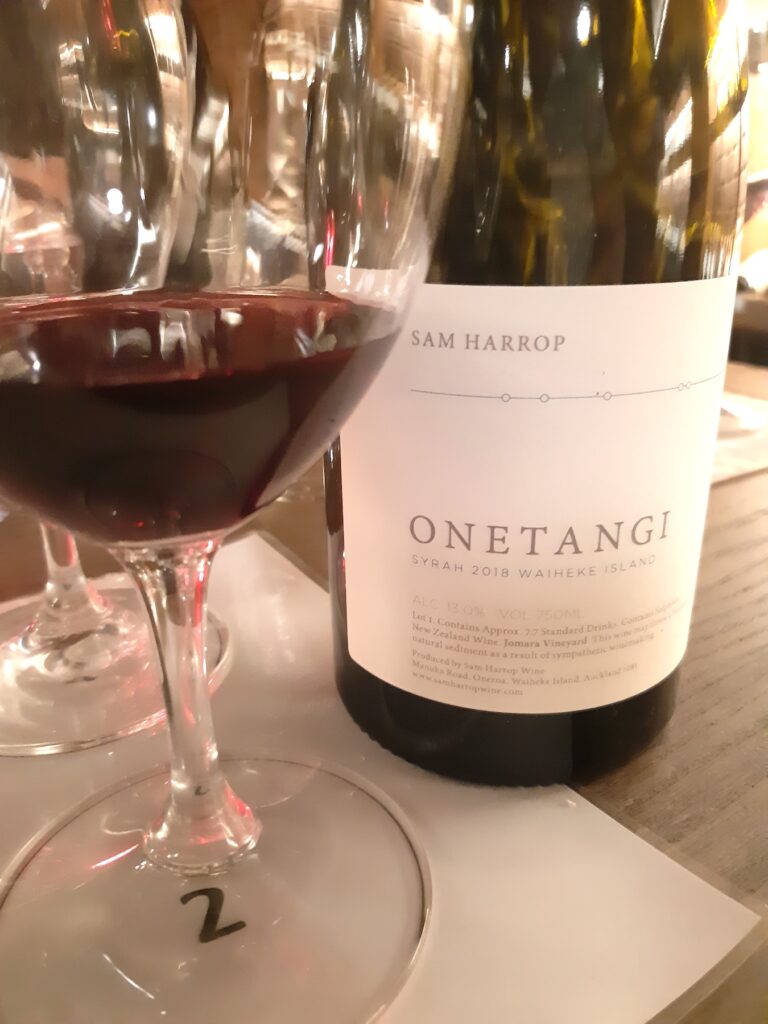
The reason I wanted to bridge technical and marketing was because I saw an opportunity. When I started in the early 90’s, very few wineries took a professional approach to marketing wine and selling wine. I worked at Villa Maria and Esk Valley, and then I went to work at Littoral Wines in Napa Valley – a niche, boutique producer. Then I went to Rosemount in the Hunter Valley – to get a broad experience in a number of segments – from one extreme to the other! After that I went and worked as a winemaker for the UK retailer Marks and Spencer. I was there for seven years. I was spending 120-150 days a year travelling and while I made some wines with some of our supplier wineries, I was mostly blending, consulting and providing ideas as to how to improve their wine for our consumers. Small, medium and larger sized wineries, but with a real focus on quality – and importantly value – whatever the price point.
I did my Masters of Wine whilst I was there and qualified in 2003. In 2004 after 7 years at M and S, I decided to leave . I set up a winery in Roussillon – put my life savings into a little start-up with a school friend. It’s now considered to be a top winery in Southern France. In 2004 I decided to consult to not only pay the bills, but I wanted to work on medium-sized wineries and in regions that were under performing but had great potential. I wanted to be able to add value and to help these struggling wineries, their regions and their communities succeed long term.
At the same time, I became Chairman of the International Wine Challenge. I was there twelve years – I started a sake category! I co-wrote a book with Jamie Goode, called ‘Authentic Wine’, made some really serious English still wines over that period in London, among other things. So, I’ve done all sorts of things really.
I came back to New Zealand in 2013 with my young family. Over this time, I started tasting the likes of Kumeu River, Clearview, Trinity Hill ‘Homage’, Ata Rangi, Dry River, Felton Road and many others. I was blown away by how much these premium wine styles had improved over the 15 years I had been away. Many of these wines were as good, if not better than, the very best of Europe. It changed my view of premium New Zealand wine, and inspired me into making my own Chardonnay and Syrahs – originally from Waiheke fruit. I then branched out and I’m now making wines in Hawke’s Bay. All the wines are single vineyard and I make around 8000 bottles a year – 9 different cuvees.
The project was about re-invigorating my passion to continue to learn and to provide a platform to express my winemaking ideology.
I work towards expressing a true sense of place in my wines. I like to term this process ‘sympathetic winemaking’. For me SW is where intuition and methodology meet. Respecting the role of science, but also respecting the power of intuition in your efforts to reflect the vineyard in the glass.
WF: Any other beliefs that you have that you put into your winemaking?
SH: I believe in adding yeasts. I want that control – that methodology. If you give up complete control of the most important part of the winemaking process – the fermentation – to an unkown yeast strain, it’s hard to know what you are going to end up with.
I have consulted to Lallemand – the most dynamic yeast and bacteria producing company in the world – for many years and through this experience I have learned a great deal about the role of microbes in winemaking. I don’t like to move my wines much. I try not to use much ‘new and /or toasty’ oak. I believe in picking when the grapes are ripe, not over ripe (like so many in the market). I don’t like to add anything to the wine that is unnecessary. I ADD SO2 to preserve and stabilise my wines, but I do not add much. Minimal, but controlled intervention is my motto. This is NOT natural wine (where the wine is left to pretty much make itself). If the wine is to reflect a place and to improve with age for many years, some level of control at critical points in the process – is needed.
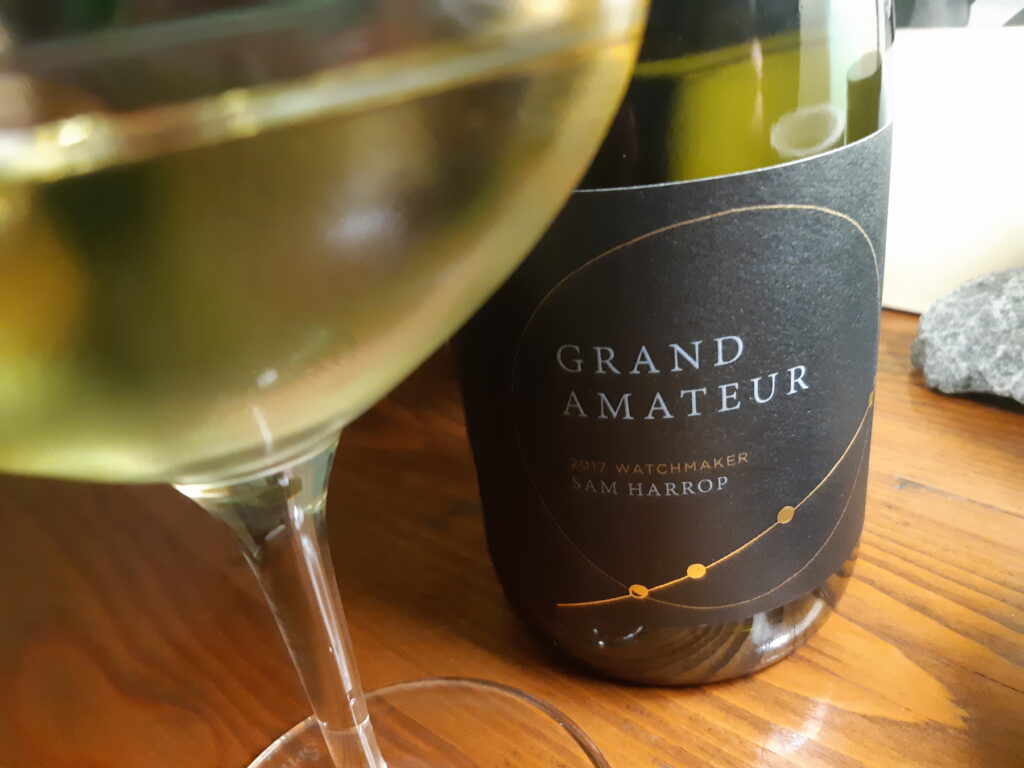
WF: So, the wild yeast from the site might be at odds with your personal interpretation? But if the yeast is ‘of the place’ why not trust that?
SH: Absolutely – that’s fine, and I have made wines with spontaneous fermentations – but I don’t call them ‘wines of site’, I call them ‘wines of style’. You know the flinty character you get in Chardonnays that have gone through a spontaneous fermentation? It comes from a struggling yeast. Now you can get that from a yeast that you’ve inoculated with if you want– it depends how you manage the fermentation. What’s the addition rate; consider the nitrogen levels; fermentation temperature etc; – all these variables are critical. A spontaneous ferment usually starts with an ambient yeast in the winery. Many talk of a yeast coming in from the vineyard – it is possible, but most of the studies show that the population of Saccharomyces cerevisiae (the yeast responsible for fermenting wine to dryness, is not easy to find in the vineyard). They prefer to live in the winery.
The non-saccharomyces yeasts in the vineyard, vary considerably from year to year. The strains and the species present in any given year, will be impacted by the climate of the growing season. It’s survival of the fittest. These non sacch yeasts can, and do add weight, high levels of esters and can provide more complexity to the aromatic profile. But note, that if sulphur is added at juice stage as it so often is, then a reasonable population of the non-sacch yeasts from the vineyard are killed and the ferment that starts from spontaneous means is likely to be from sacch yeasts that live in the winery, not the vineyard. Is the winery part of the terroir?
That’s an interesting question! When I was studying for Masters of Wine, I went to many Burgundy tastings and the winemakers would say “the flinty character in their wines was terroir”. My view for what it is worth, is that this is just not the case. It’s a yeast-stress character, not an expression of site! So, I choose a yeast strain that will do the job, give me a chance to reflect some of the aromas, textural aspects that I see when I sit in the vineyard and taste the fruit at harvest. I want the consumer to experience the unique characteristics of the vineyard, not the unique characteristics of wild or struggling microbe.
WF: As an experienced wine judge, how do you reconcile the awards you might give to certain wines that are so young.
SH: It’s such a hugely complicated and confusing world for wine drinkers. I reconcile it by saying “this is what’s on the market, let’s try to find the best wines submitted into the competition and to help consumers buy great wines, whatever the price, so you can get more pleasure out of this wonderful beverage”. It doesn’t mean the winning wines aren’t going to get better! On the contrary. Most wines that win awards are going to improve with age. So…. put them down in your cellar (if you are lucky enough to have one) for a few years to see how they improve.
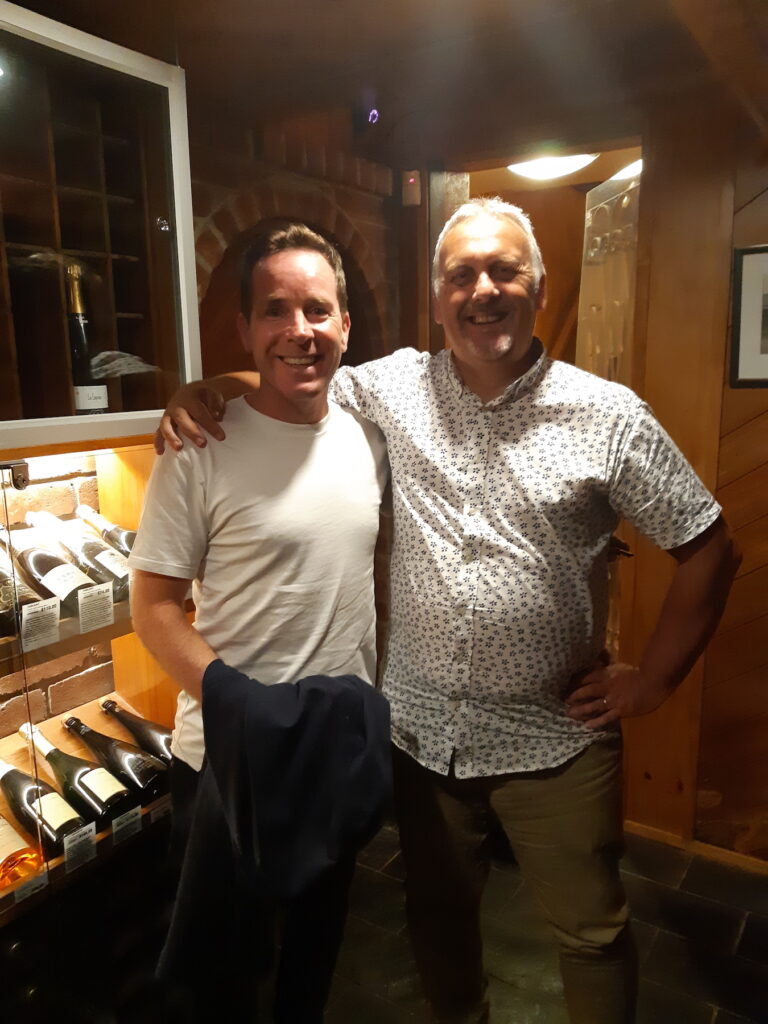
SH: Here’s a question: What’s your definition of Quality in wine? It could be price – higher price or lower price?
WF: A satisfying taste?
SH: Yes, that’s the core one for me – it has to make you satisfied.
I’d add another one – it has to be fault-free. Which is of course linked to that taste, but it a wine should be technically sound. That’s the most basic level of quality to me, but it’s amazing how many faulty wines are in the marketplace. Another parameter I use to define quality is ‘context’. Where is this wine from? Who is the winemaker? How old are the vines? Soil type? Quality of the vintage? Having this kind of information can help you understand and appreciate the wine more. Ideology is another parameter some consumers / experts find important when assessing quality. What was the winemaking trying to achieve with his/her winemaking? Like art theory, I guess. Not everyone is interested in the intellectual side of wine appreciation and for sure to most people the key factor is taste. Is the wine tasty? If you don’t want to dig into these more philosophical notions of quality, that’s ok, but I do think it’s really important for all wine drinkers to be mindful when they consume. Wine is not just ‘another’ alcoholic beverage. It’s a very special one and trying to be mindful when you consume, will hopefully allow you to enjoy the drinking experience more.

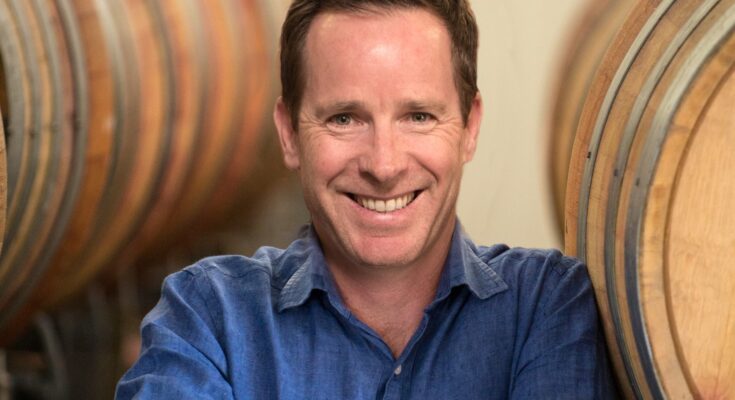
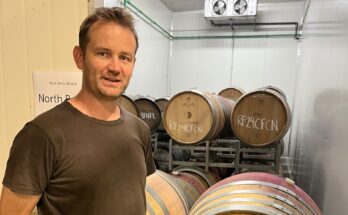


One Comment on “Winemaker series: Sam Harrop”